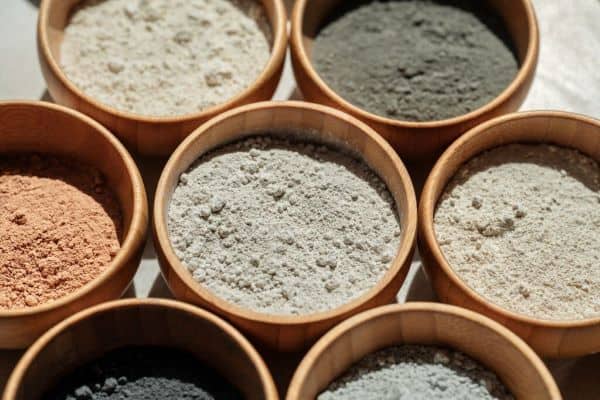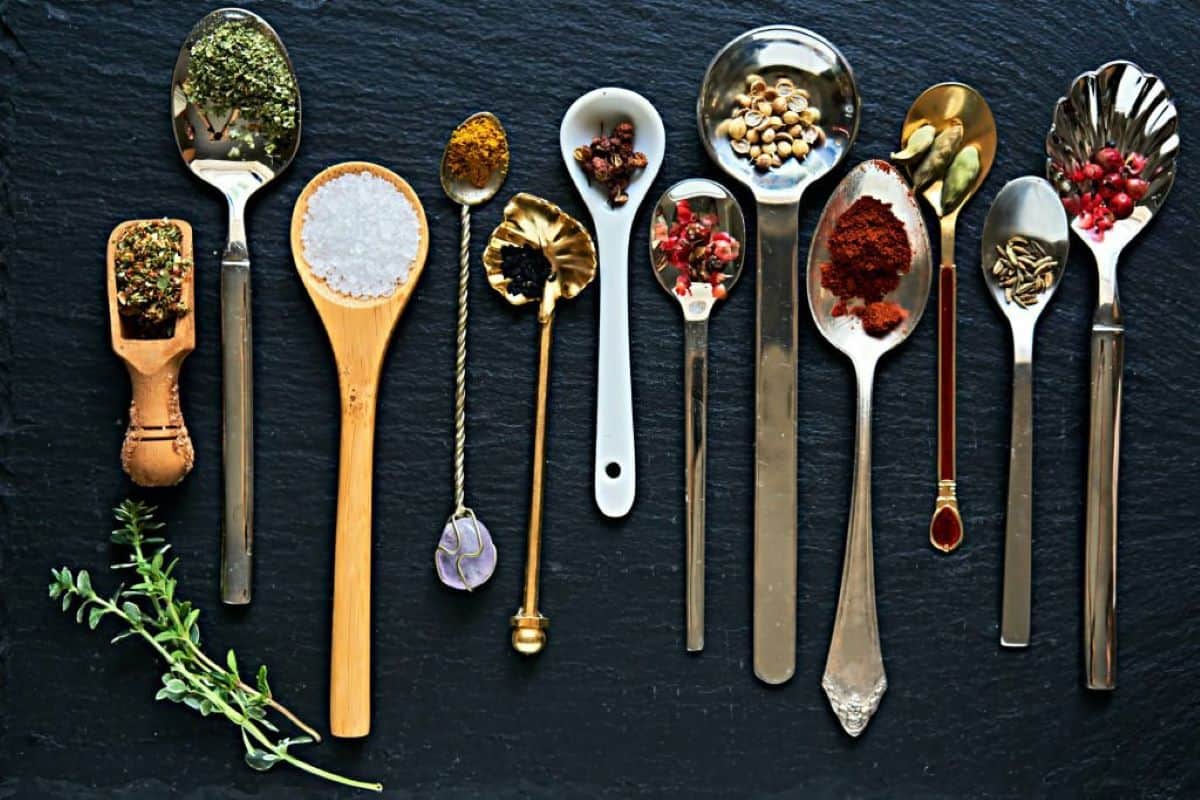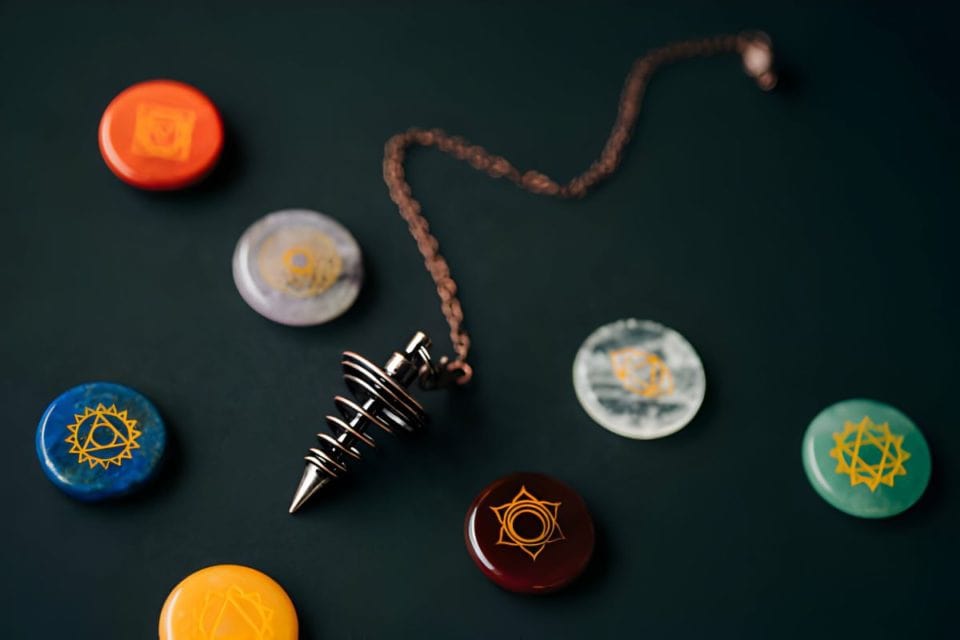Imagine a majestic palace, its towering pillars supporting the grandeur of its architecture, each one vital to its stability and beauty. Similarly, our bodies, the temples of our souls, are upheld by seven crucial pillars known as the ‘dhatus’ in the ancient science of Ayurveda.
These dhatus, from the fluids that nourish us to the bones that give us structure, play a pivotal role in our overall health and vitality.
Yet, in today’s fast-paced world, where quick fixes and instant gratifications reign supreme, the delicate balance of these dhatus often gets overlooked.
Recent studies suggest that many modern ailments can be traced back to imbalances within our body’s foundational tissues. So, how can we ensure these pillars remain solid and balanced, granting us optimal well-being?
Let’s journey into the heart of Ayurveda, uncovering age-old secrets to nurture and harmonize each dhatu, paving the way for holistic health.
Ayurvedic Practices for Dhatu Balance
The Power of Daily Routines (Dinacharya)
In the rhythmic dance of day and night, Ayurveda finds a blueprint for health. Dinacharya, or the daily routine, is a cornerstone of Ayurvedic living.
We can attain equilibrium in our physical energies, specifically the dhatus, by aligning our daily routines with the natural sun and moon cycles.
One way to accomplish this is by nourishing the Mamsa (muscle) and Asthi (bone) dhatus with a morning oil massage (Abhyanga).
Similarly, tongue scraping can aid in purifying Rasa (plasma) dhatu. These seemingly simple rituals, when practiced consistently, can play a profound role in maintaining the balance of our body’s foundational tissues.
Seasonal Routines (Ritucharya) for Tissue Health
Just as the days have their rhythm, so do the seasons. Ayurveda recognizes the influence of seasonal changes on our body, particularly the dhatus.
Ritucharya, the seasonal routine, offers guidelines to adjust our diet, lifestyle, and practices based on the prevailing season. For example, during the cold winter, one might focus on nourishing the Rakta (blood) and Meda (fat) dhatus with warm, oily foods.
Conversely, the rainy season might call for practices that balance the Kapha dosha, ensuring the optimal health of dhatus like Shukra (reproductive tissue).
Panchakarma: Deep Cleansing for Dhatu Rejuvenation
Panchakarma, often hailed as Ayurveda’s crown jewel, is a set of five therapeutic treatments designed to detoxify and rejuvenate the body.
This deep cleansing process directly benefits the dhatus by removing accumulated toxins (Ama) that can disrupt their balance. Treatments like Vamana (therapeutic vomiting) or Basti (medicated enema) target specific dhatus, ensuring their purification and revitalization.
Undergoing Panchakarma, especially under the guidance of a skilled Ayurvedic practitioner, can be a transformative experience, resetting the body’s balance and laying a strong foundation for the health of the seven dhatus.

Signs of Dhatu Imbalances and Remedies
The body, in its innate wisdom, often sends signals when there’s an imbalance in its internal harmony. Recognizing these signs early on can be the key to restoring balance and preventing further complications.
For instance, an imbalance in the Rasa (plasma) dhatu might manifest as dehydration or dry skin. Disrupting the Rakta (blood), dhatu could lead to circulatory issues or anemia. When out of balance, the Mamsa (muscle) dhatu might result in muscle weakness or atrophy.
Ayurvedic Remedies for Dhatu Restoration
Once an imbalance is identified, Ayurveda offers a plethora of remedies to restore harmony. For a Rasa dhatu imbalance, one might be advised to consume hydrating foods and herbs like cucumber or licorice.
To balance the Rakta dhatu, blood-purifying herbs like Manjistha or dietary changes that include iron-rich foods can be beneficial. For Mamsa dhatu imbalances, strengthening treatments like muscle massages with specific oils or the inclusion of protein-rich foods can be recommended.
It’s essential to consult with an Ayurvedic practitioner who can provide personalized guidance based on one’s unique constitution and the nature of the imbalance.
The Role of Lifestyle in Dhatu Health
Beyond specific remedies, one’s lifestyle is crucial in maintaining dhatu balance. Regular exercise, for instance, can support the health of Mamsa (muscle) and Asthi (bone) dhatus.
Adequate sleep is vital for rejuvenating all dhatus, especially Majja (nervous tissue). Stress management, through practices like meditation or deep breathing, can prevent the accumulation of toxins that disrupt dhatu harmony.
Role of Diet in Dhatu Health
The ancient Ayurvedic adage, “You are what you eat,” underscores the profound connection between our diet and well-being.
Every morsel of food we consume undergoes a transformative journey, eventually assimilating into the dhatus that form the foundation of our physical existence.
Consuming wholesome, unprocessed foods can directly nourish the Rasa (plasma) dhatu, which supports the other dhatus in a cascading effect.
On the other hand, an imbalanced diet can accumulate toxins, disrupting the harmony of these vital tissues.
Tailoring Dietary Choices to Dhatu Needs
Each dhatu has specific nutritional needs, and understanding these can guide our dietary choices. The Rakta (blood) dhatu thrives on iron-rich foods like leafy greens and beets. The Mamsa (muscle) dhatu benefits from protein sources like lentils and chickpeas.
The Meda (fat) dhatu can be balanced with healthy fats like ghee or flaxseeds. By tailoring our diet to the needs of each dhatu, we can ensure their optimal health and function.
Agni: The Digestive Fire and Dhatu Formation
Central to the process of dhatu nourishment is Agni, the digestive fire. In Ayurveda, a balanced Agni ensures the efficient transformation of food into nutrients that the dhatus can assimilate.
However, a weakened Agni can lead to incomplete digestion, resulting in the formation of toxins that can disrupt dhatu balance. Incorporating digestive spices like ginger, cumin, and fennel can kindle the Agni, ensuring that our food nourishes the dhatus effectively.
The Importance of Seasonal Eating for Dhatu Balance
In its cyclical wisdom, nature provides foods catering to the body’s needs each season. Consuming seasonal produce ensures that the dhatus receives the right nourishment at the right time.
The cooling cucumbers of summer can balance the Pitta dosha, supporting the Rakta dhatu. The hearty root vegetables of winter can nourish the Vata dosha, benefiting the Asthi (bone) and Mamsa (muscle) dhatus.
Modern Insights on Dhatu Health
The intricate tapestry of Ayurvedic wisdom, woven over millennia, finds resonance even in today’s advanced scientific landscape. Modern research often echoes the principles laid down by ancient Ayurvedic sages.
The concept of dhatus aligns with contemporary understandings of tissue systems. The Rakta dhatu, with its emphasis on blood health, finds parallels in modern hematology.
Similarly, Mamsa Dhatu’s focus on muscular health resonates with current physiological studies. We gain a more holistic understanding of our body’s intricate workings by bridging these ancient and modern perspectives.
The Role of Nutrition Science in Dhatu Health
Modern nutrition science, emphasizing macro and micronutrients, offers insights that can complement Ayurvedic dietary recommendations for dhatu health.
The importance of Omega-3 fatty acids in brain health aligns with Ayurvedic practices to nourish the Majja dhatu. Similarly, the emphasis on collagen for joint and skin health in contemporary nutrition can be related to the care of the Asthi and Rasa dhatus in Ayurveda.
We can craft a more comprehensive approach to dhatu nourishment by integrating these modern nutritional insights with Ayurvedic wisdom.
Modern Therapies and Dhatu Rejuvenation
Today’s medical landscape offers a plethora of therapies, from regenerative medicine to physiotherapy, that can support and rejuvenate the dhatus.
Stem cell therapy, which focuses on tissue regeneration and repair, can be seen as a modern counterpart to Ayurvedic practices that aim to rejuvenate specific dhatus. Physical therapies that enhance muscle strength and flexibility align with the principles of Mamsa dhatu care.
By recognizing the synergies between modern therapies and Ayurvedic dhatu care, we can harness the best of both worlds for optimal well-being.
The Global Relevance of Dhatu Balance
In an era of global health challenges, from lifestyle diseases to mental health concerns, the balance of the dhatus becomes universally relevant.
The holistic approach of Ayurveda, with its emphasis on dhatu health, offers solutions that transcend cultural and geographical boundaries.
Whether it’s the stress-induced imbalances of urban living or the nutritional challenges diverse populations face, understanding and caring for the dhatus provides a foundational holistic health approach that resonates with individuals worldwide.
Final Words
The timeless wisdom of Ayurveda, with its profound insights into dhatu health, offers a beacon of holistic well-being in today’s complex world.
As we bridge ancient teachings with modern science, the significance of nurturing and balancing the dhatus becomes ever more evident. These foundational tissues, the pillars of our physical existence, hold the key to vitality, balance, and longevity.
Optimizing one’s health requires a holistic and harmonized approach that integrates Ayurvedic practices, dietary preferences, and contemporary understandings.
As we journey forward, let’s embrace the teachings on dhatu balance, ensuring that our bodies remain strong, resilient, and vibrant, reflecting the true essence of holistic well-being.




